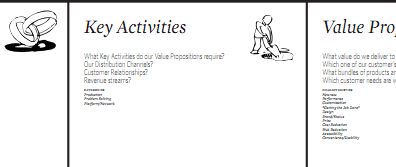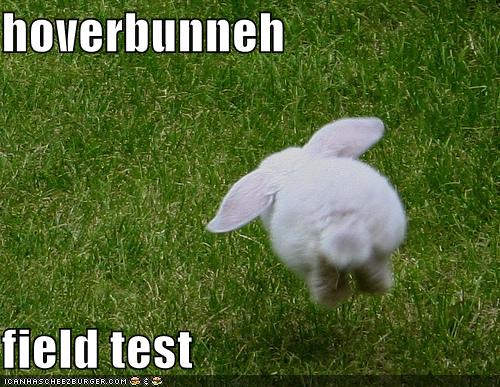Have a Great Idea? Start Prototyping your Business Model

So you wanna start a business. An awesome business. You have an idea, and it just might work.
What happens next?
Start drawing. Seriously…
I’m not going to lie; I’m a horrible artist who draws stick figures like a five-year-old child, yet you need to start prototyping your business model asap. It’s critical for the health of your business idea or innovation. You need visuals as a reference point, but what steps can you follow as our idea moves down the pipeline from idea to reality? It’s a tough question, and many entrepreneurs will have differing opinions on what will work, but let’s look at a few steps to speed the process along.
(Disclaimer: I’m a firm believer in the power of the human creativity, as opposed to many who believe a “step-by-step process” is the way to go).
Napkin Sketch the Idea
The napkin sketch is where the business model takes shape. This rough, rudimentary outline is where your idea is born, so only highlight a few key attributes. Your napkin sketch should contain the following:
- The Basic Idea (keep it short and sweet – a sentence is perfect)
- Value Proposition (what sets your product/service apart from the competition?)
- Revenue Stream (How are you gonna make money?)
Start refining your business model, there’s many more elements that need to be addressed before any testing is done. I highly recommend using the Business Model Canvas, it contains nine elements that every startup should take into consideration. These elements are:
- Customer Segments – What’s your target audience?
- Value Proposition – What differentiates your business from the competition?
- Channels – How will you reach your target audience?
- Customer Relationships – *How will you treat your customers? *
- Revenue Streams – How will you make money?
- Key Resources – What technology or skills can you leverage to create the value proposition?
- Key Activities – What is the most important thing that makes your business model work?
- Key Partnerships – What partners/suppliers make your business tick?
- Cost Structure – How are you gonna make money?
Still have questions? Watch this video. As you design, remember to create as many business models as possible, and don’t discard “pointless” ideas yet. There’s still much testing to do, and in reality, your target audience may want something completely different.
Examine Financial Potential
Now it’s time to start using the calculator (or an Excel spreadsheet). Start by calculating potential revenues, costs, and the break-even point. At this point in time, you still don’t know exactly how your target audience will respond, yet run tests based on your assumptions. Feel free to use the Business Model Canvas listed above as a reference point, and keep testing. If certain models are not viable, put them on the back-burner, yet never scrap an idea completely unless you have considerable evidence that it will not work.
Field-Test
There are a plethora of ways to field test and idea, yet always remember to listen to your customers. Test each part of your business model, and make sure to ask questions. Don’t be assertive. Instead, listen, take notes, and seek to find trends of concern with your business model. With every question, seek to learn something new. If you have additional questions on field testing, I highly suggest checking out the Lean Startup Book.
Building a startup is filled with risk, yet working out the kinks as early as possible can get you started on the right foot. I hope you enjoyed this, and feel free to give feedback in the comments below!
